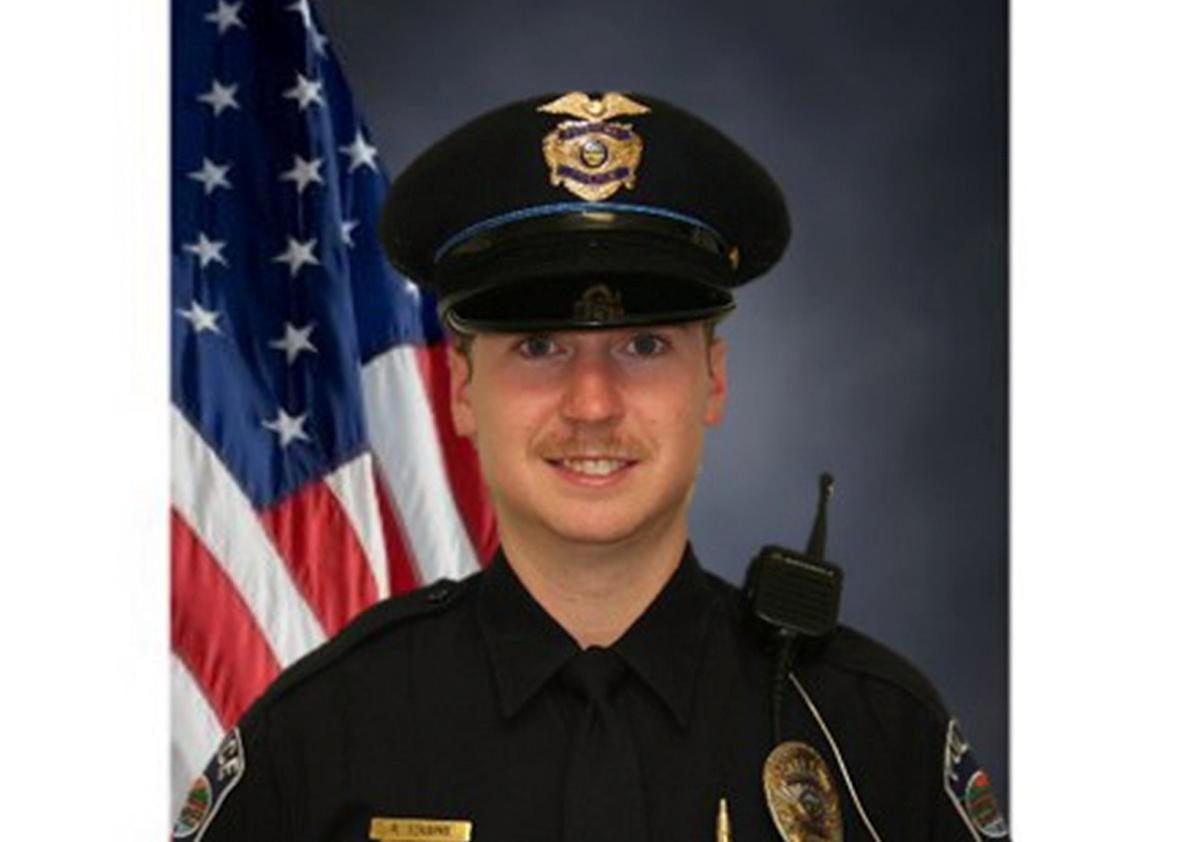After University of Cincinnati police officer Ray Tensing was charged with murdering Sam Dubose, an unarmed black man who had been pulled over on a traffic stop, it was clear that the police body cam video of the shooting played an enormous role in the indictment.
Hamilton County Prosecutor Joe Deters said a prosecution became urgent “especially after we saw the tape.”
“I think it’s a good idea for police to wear them,” Deters said when he was asked if there would have been a prosecution without the video. “Because nine times out of 10 it clears them of wrongdoing. And in this case, it obviously led to an indictment for murder.”
Cincinnati Mayor John Cranley added that “this case is going to help the cause of body cameras across the country.”
Mark O’Mara, a lawyer representing Dubose’s family, was even more forceful.
“If we didn’t have a video, I do not believe we would have had an indictment,” he said.
In a press conference Dubose’s sister, Terina Allen, gave the most emotionally powerful argument about the importance of having the recording from Tensing’s body camera.
“If it were not for that video camera, Sam would be no different than all of the other [unindicted police shootings of black men], because the second officer was ready to corroborate every lie that the first officer said in the report,” Allen said.
Allen raised the important point that Tensing’s story that he was dragged by the car before shooting—which Deters roundly rejected and cannot be seen anywhere in the video—was backed up by his fellow officers.
Reading the initial police report after having watched the video is a frightful lesson on the lengths to which officers will go to protect one another.
In the report, Tensing tells the reporting officer—Eric Weibel—that “he was attempting a traffic stop … when, at some point, he began to be dragged by a male black driver who was operating a 1998 Green Honda Accord.”
“Officer Tensing stated that he almost was run over by the driver of the Honda Accord and was forced to shoot the driver with his duty weapon,” Weibel’s report continues.
Later, “Tensing repeated that he was being dragged by the vehicle and had to fire his weapon.”
As Deters noted, and as you can see by slowing the video down, Tensing fired almost immediately as Dubose’s car began to roll away.
Tensing’s claim that he only shot after he was dragged, though, was supported by a second officer who claimed to be on the scene named Phillip Kidd.
“Officer Kidd told me that he witnessed the Honda Accord drag Officer Tensing, and that he witnessed Officer Tensing fire a single shot,” Weibel’s report reads.
Tensing also claimed to be injured by Dubose. But Deters contradicted that as well, saying, “No, he wasn’t dragged. He fell backwards after he shot him in the head.”
Again, Tensing’s fellow officers backed up the claim of injuries at the hand of Dubose. In dispatcher audio of the incident, the New York Times reported that you can hear another officer saying Tensing was injured. In the report itself, the responding officer seems to attempt to back up his colleague.
“Looking at Officer Tensing’s uniform, I could see that the back of his pants and shirt looked as if it had been dragged over a rough surface,” Weibel wrote. “I suggested to Officer Tensing that he should go to the hospital for an examination.”
The video shows Tensing chasing the car, which went out of control when Dubose was killed, after firing his shot, not being “dragged over a rough surface.”
Deters made a point to emphasize that the video clearly demonstrates that the shooting was not standard operating procedure, or the appropriate split-second decision of a cop who was just trying to protect himself. “He wasn’t dealing with somebody who was wanted for murder. He was dealing with somebody who didn’t have a front license plate,” Deters said. “If he’s starting to roll away just, seriously, let him go. I mean you don’t have to shoot him in the head.”
The police report and the various embellishments or outright lies Tensing’s brothers in arms told in order to back up his account are the clearest evidence supporting Allen’s belief that her brother’s killer would not be facing prosecution without a video.
But it’s not the only evidence. As the Washington Post’s Wesley Lowery and Mark Berman noted, “Police officers are rarely charged after fatally shooting people. A Washington Post investigation found that thousands of police shootings over the last decade have resulted in a few dozen officers being charged.”
According to a Post database tracking police shootings, more than 550 people have been shot and killed by cops this year alone and only three officers had been charged with crimes. In two of the previous shootings where cops were actually held accountable in some way, there was video evidence.
As for what happens next for officers Kidd and Weibel, who supported Tensing’s false account, Deters said the city was “looking at the issue” at the urging of the Dubose family.
Weibel’s report did get one thing right—perhaps the most important thing. It concludes by saying “Officer Tensing stated that the incident was caught on his University issued body camera.”
